One of the milestones of owning a boat is the first time one spends overnight at anchor. In my case this is a personal first; seeing as I’ve never spent the night at anchor on ANY boat. For it to be the first time on a boat in which I am co-owner, double down on the awesomeness. GO ME!!
Other than the pure fun and loveliness of being at anchor, this is also important from an operational aspect. We wanted to see how Serenity behaved on the hook, systems operations, battery life(this was pre-solar panels), anchoring; all that good stuff.
For the weeks leading up to Christmas Tim and I talked a lot about spending a night at anchor. He had 2 weeks off work during the holidaze so what about spending Baby Jesus Day at anchor? We chatted with our new friends on Lost Cat, Matt and Kari, about going out. They’re all about being at anchor so they were happy to shag ass.
We – and by we I mean Tim and Matt – determined Christmas Day would indeed be ideal. Boat traffic on the river would be light, a nice breeze was forecast so we could actually sail and not motor the whole time, temps ideal(70’s as the high, low in the 60’s), rain chance slim to none. Christmas Day it shall be. Great, now what to do about the anchor.
Since we currently do not have a windlass on Serenity being on the hook needed some logistical consideration. Wait, what exactly is a windlass? There are 2 types – mechanical or electrical. They are situated on the bow and their purpose is to raise and lower the anchor in a civilized fashion. Mechanical, you use arm power to winch that baby up. Electrical has a motor so you push a button and it does the heavy lifting in raising the anchor. (Yes, we are planning on a windlass, but we gotta give the bow pulpit and bow sprit some TLC first.)
Of course you can raise and lower the anchor old school – via muscle power, hand over hand – and in our case we have a giant honkin’ Mason Ray 66# and to get that thing on board, tucked away and secured you better be in a We wanna pump, YOU up! frame of mind. Needless to say, Tim is on anchor duty until the windlass comes to town.
Okay, so Christmas Day dawns beautiful and balmy. We palaver with Matt and Kari and we decide to get outta the marina first and they’ll catch up. We hit the river. I think we see only one other sailboat waaaaayyyy ahead of us. Ah, there are Matt and Kari, behind us about 1/2 mile. Doopie doopie doo. We’re motoring up the river. It’s nice and quiet. Serenity is going along nicely. Cool, the wind is out of the Southwest. Awright, time to raise the sail!
Since I’m the swabbie of this crew I raise the sail. Good upper body workout! We sail into Tampa Bay, and yes, it was awesome! In the other post I talk about weather helm and Serenity steering herself, which she did admirably. You could let go of the wheel and Serenity was well balanced and tracking perfectly on course. I know this won’t happen all the time, but it did this time, and it was fantastic.
Now I’m at the wheel and I have my eyes peeled for crab trap buoy’s. I spot something different. Fins? What’s that weird black splotch on the top of the water? I call to Tim to check it out. There! Are those fins? We stare and stare and stare. YES! Porpoises!! YAY!!
The scout duo comes over to Serenity. I guess they deem us safe and swim with us. What the hell is that? The things I spotted earlier by the black splotch were indeed fins. There’s a whole pod of porpoises! And they’re coming our way! Holy guacamole, some are hanging out with us!
By now I’m hopping around and squealing like a six year old. I scramble to find the iPad, barking at Tim the whole time because I can’t find it, because he’s stowed it in a(to me) random secure spot. Through the hull I can hear the porpoises chatting with one another. WHERE’S THE DAMN IPAD???!!! THEREITSFINALLY! I scramble back on deck, certain they’ve gone away and I’m to suffer another porpoisey heartbreak. Nope, they took pity on me and stuck around for some video action, which you can see here – https://www.youtube.com/watch?v=PFLa0UZZ5ks&feature=youtu.be Go ahead, I’ll wait…
Porpoises! Beyond description so awesome. With that excitement done we consider our next move. Sail to Gulfport? Ummm, no. Because it’s kinda far and also being Christmas the town is probably shut down. We get on the radio with Lost Cat. How about anchoring at The Cross? Also known as DeSoto Point. Cool, sounds good. We turn around and head to The Cross. Tucked into the cove is Lost Cat, already anchored.
Tim consulted the GPS and noticed a sand bank to starboard of Lost Cat, resulting in 3ft. of water. No bueno. So we circled a couple times and then dropped anchor. Not the ginormous 66# Mason but our other one. First try and the anchor holds perfectly. Sweet.
We dinghy over to Lost Cat and then all of us dinghy over to DeSoto Point. We stretch our legs with a hike – actually more like a meander on the path – looking at the historical tidbits along the way. We muck about on the beach for a bit, then dinghy back to our respective boats.

DeSoto Point – beachin’ it, with cocktail of course. Serenity in the background; the boat to the right.
By now the breeze is picking up a wee bit and we discuss dropping the Mason. Tim gives a tug on the already set anchor. Seems to be holding pretty well. Let’s leave it. We hang out a bit, then cook some dinner. The sun is setting and we discuss some more about putting out the Mason. Better safe than wishing we had done it.
Tim hauls up the smaller anchor, then tosses out the Mason. I’m at the wheel, maneuvering Serenity in order to set the anchor properly. So, by now we’ve scooted closer to the shore. We eyeball the GPS. Depth looks okay, but we need to be mindful we are now closer to land.
Night falls and time for bed. The sounds of Serenity at anchor are similar, but different, than when we’re at the marina. I sleep a grand total of I think 3 hours. I prairie dogged via the companion way probably every hour; checking our location, making sure we’re not moving. This, of course, is ridiculous. The conditions are mild. The Mason is a brute and set very well. Logically I know we are not moving but I was anxious none the less. The night was beautiful, so it really wasn’t a hardship to be up and down during the night. 🙂 Tim also did a couple of checks, but being more experienced he wasn’t really concerned, just checking stuff out. When we got up in the morning we realized the lighter anchor would have done a fine job since it had set very well. Better safe than sorry, and I did NOT want my first experience at anchor to include dragging the anchor in the wee hours, running aground, or bumping into somebody.
December 26th. Good morning! It is beautiful and quiet and the slight breeze is refreshing.
The morning progresses with coffee and breakfast; eggs, bacon, toast. Yum! I don’t know about you, but bacon seems to taste better when at anchor/camping/out in the wilds. The rest of the morning we fritter away lounging, reading, chatting, spying on people with our binocs. Wonderful.
We putter over to Lost Cat to see what they’re up to. They’ve already done some chores on their boat. So productive our friends! We skulk on Lost Cat for a bit, then decide to head home. We need to time our departure from DeSoto Point so we may arrive at Twin Dolphin around 4pm, when it is slack tide. No need to make docking harder by battling the current.
Tim would like to stay out for another night, but I want this first trip to be 100% successful, ending on a positive note. Staying out another night feels like tempting fate, and we all know how that ends.
We make a game plan for raising the anchor, which involves me on standby to help hold the brute in place while Tim secures it. Tim readies himself for hauling up the anchor. I’m piloting, fingers crossed I don’t screw up. I’m doing well until I decide to be fancy and reverse Serenity. I can’t seem to figure out which way to steer. ARG! So I give up. Better to learn another day than do it now, when it’s not required.
By now Tim has the anchor up and neatly tucked into place. He is a CHAMPION, not needing my help at all. Bonus points for him not herniating himself, crushing a toe, bleeding everywhere, or going head first into the water. Bonus points for me for not running us aground or into the little boat that seemed oh so close.
Giddy with success I motor us away from DeSoto Point. This is what happens when one plans. No drama. I don’t run into shit. Tim doesn’t get hurt. Win win.
We leisurely motor to the marina. Tim takes the wheel as we make our approach. Timing our arrival pays dividends as Tim eases Serenity into the slip. A perfect 10 for nailing the landing. We secure the lines, then a celebratory cocktail with Matt and Kari.
Now that we have solar panels(look for a blog about that) and experience manhandling the Mason the next trip is already being schemed. I can’t wait.


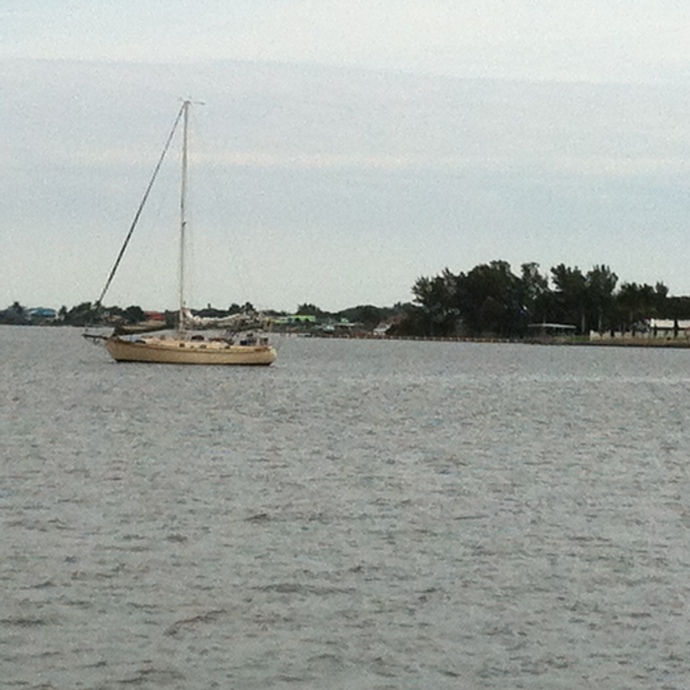

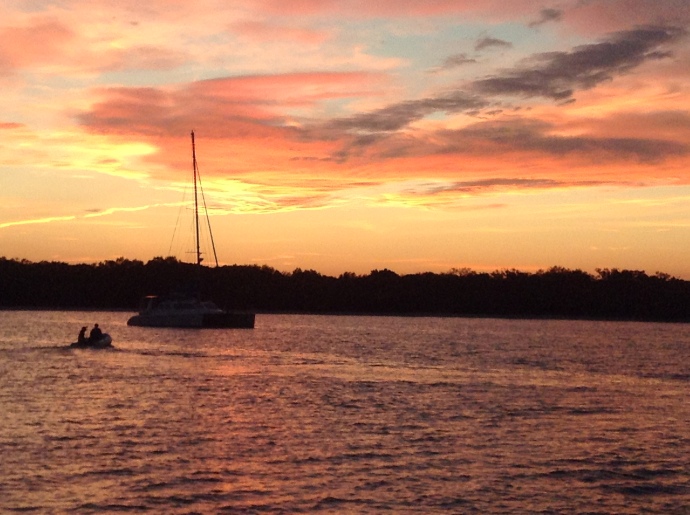
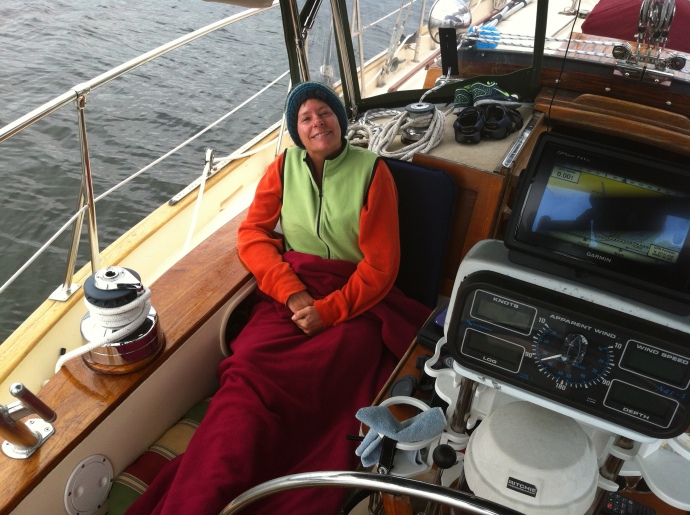
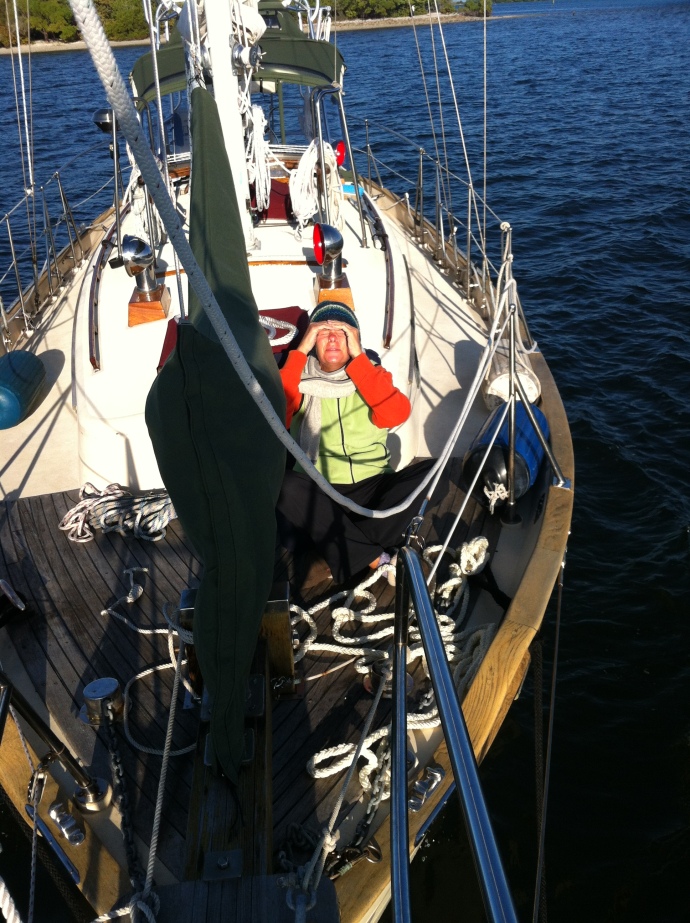
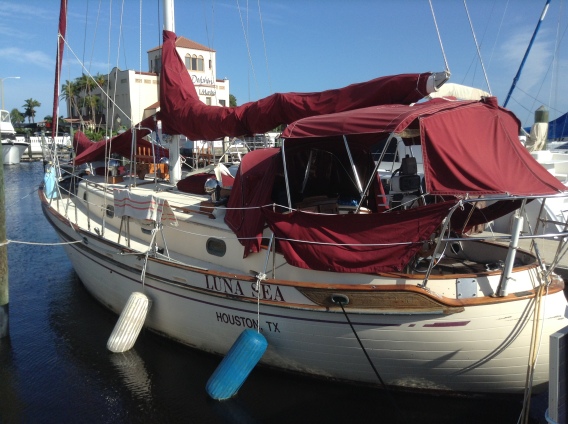





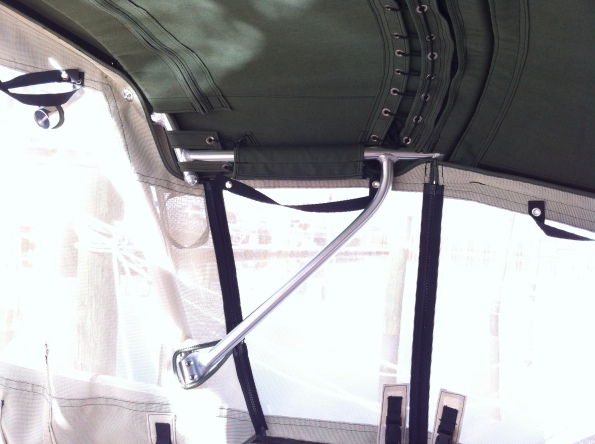














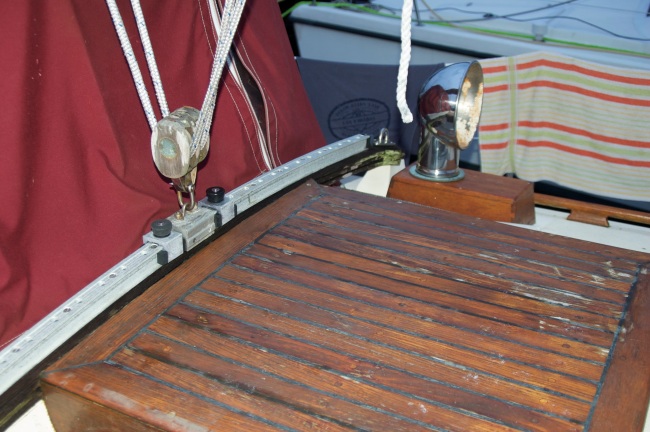

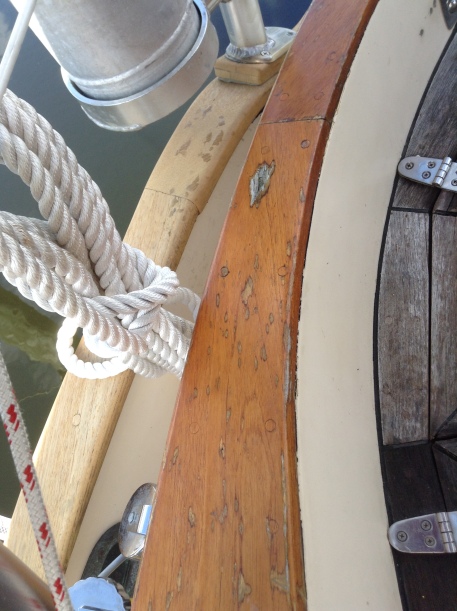



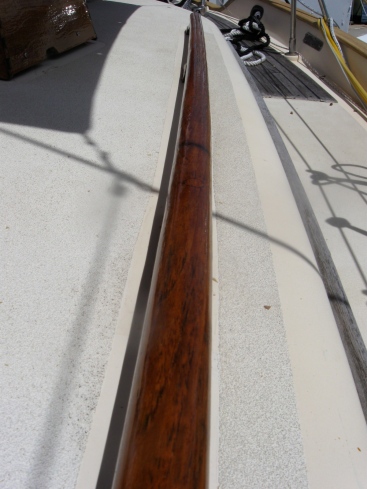
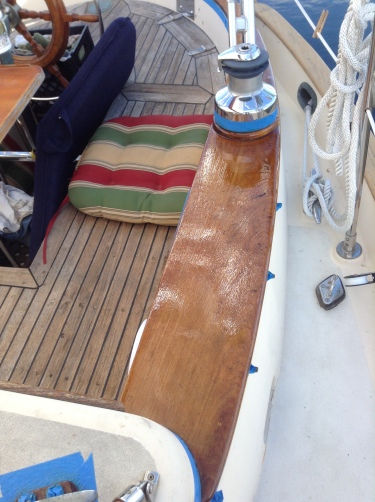







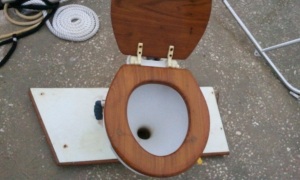
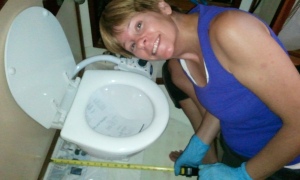
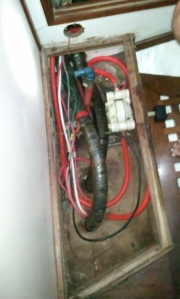





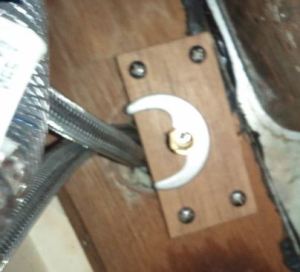









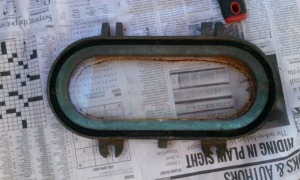

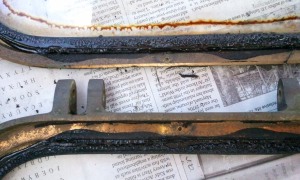

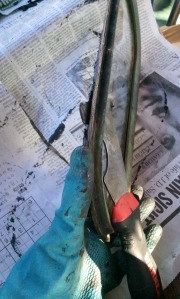





Recent Comments